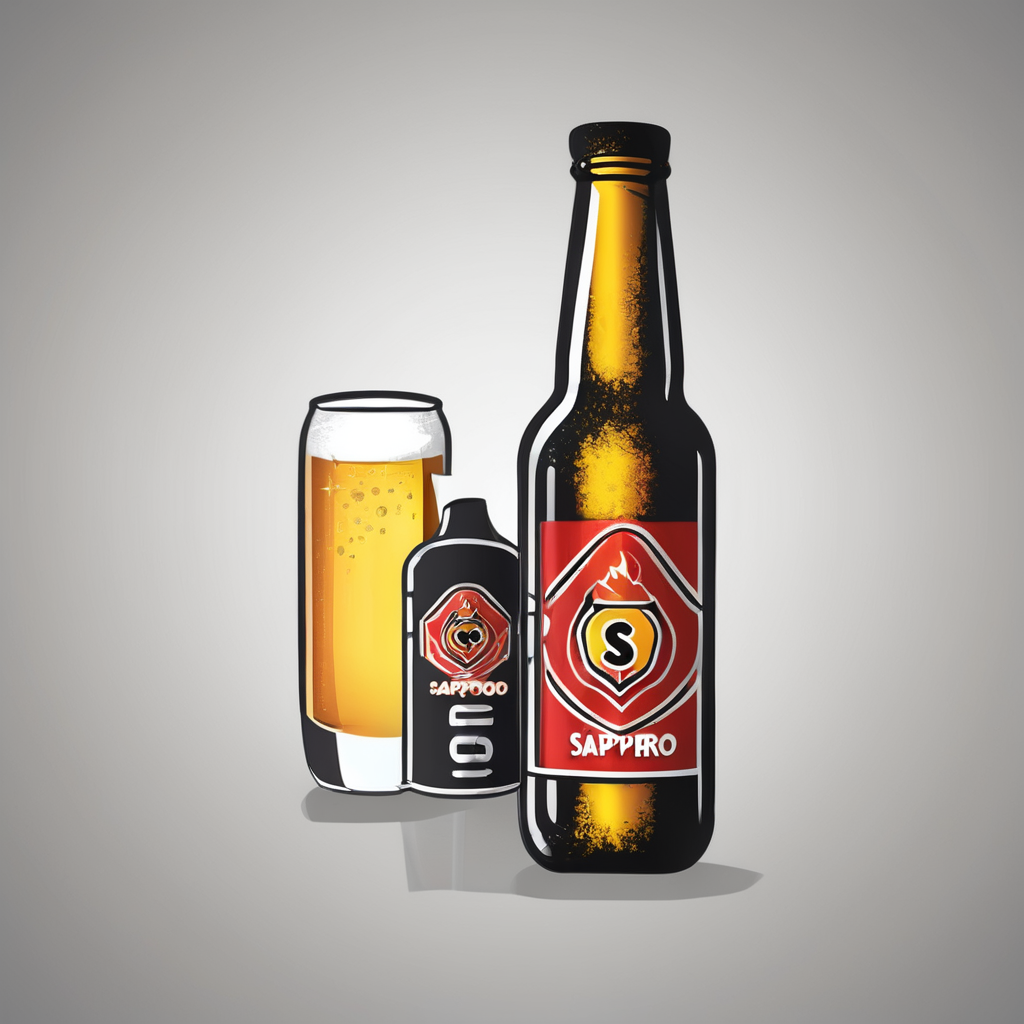Discovering Liverpool’s Titanic Heritage
Liverpool’s Titanic history runs deep, reflecting its pivotal role as the home port of the White Star Line, the company that built and operated the Titanic. This connection firmly tied the city to one of the most famous maritime disasters in history. The ship’s origins and preparations unfolded in Liverpool’s docks, embedding the tragedy into the city’s maritime narrative.
The Titanic’s legacy in Liverpool extends beyond the event itself; it shaped the city’s identity as a major maritime hub. The loss of life and the heroic efforts surrounding the disaster affected thousands of local families, creating a lasting emotional and cultural imprint. Liverpool’s communities remember these stories with reverence, keeping the memory alive through public commemorations and collective storytelling.
Also to discover : What Are the Hidden Culinary Delights Awaiting Tourists in the UK?
Liverpool’s strong maritime connection is a source of both pride and reflection. The city embraces its Titanic heritage as a symbol of its broader seafaring history, integrating it into its cultural fabric through museums, memorials, and educational programs. In this way, the Titanic’s story remains a vital part of Liverpool’s ongoing relationship with the sea.
Key Landmarks and Museums to Visit
Liverpool’s Titanic sites offer a rich glimpse into the city’s maritime past. The Merseyside Maritime Museum is a central attraction, housing extensive Titanic exhibitions that include original artifacts, interactive displays, and ship models. Visitors gain detailed insight into the ship’s construction, the tragic voyage, and the people connected to the disaster.
Also read : Discover york’s eerie mysteries: best haunted tours for a thrilling ghost adventure!
Along the waterfront, several historic Liverpool landmarks stand out. The former White Star Line Headquarters, though no longer serving its original function, remains an iconic reminder of the company’s crucial role in Titanic history. Nearby memorials pay tribute to those lost and highlight Liverpool’s ongoing relationship with the Titanic legacy.
Additional Titanic attractions include smaller museums and archives across the city, preserving personal stories and documents related to Liverpool’s maritime connection. These sites deepen understanding of local families affected by the tragedy and the broader significance of the Titanic’s story.
Whether exploring the grand museum halls or quiet memorials, visitors experience Liverpool’s Titanic legacy as a living narrative embedded within the city’s landscape and cultural heritage.
Itinerary for Exploring Liverpool’s Titanic Legacy
Planning a Titanic walking tour in Liverpool offers an immersive way to experience the city’s rich maritime past. Whether you choose a self-guided route or join a group, key Titanic itineraries typically focus on waterfront landmarks and memorable sites, blending history and local stories seamlessly.
A practical Liverpool travel guide suggests allocating at least half a day for an in-depth visit to the Merseyside Maritime Museum. Here, the detailed Titanic exhibitions provide essential context before moving on to external landmarks like the former White Star Line Headquarters. Along the waterfront, several memorials and plaque installations mark the paths where Titanic’s story touched the city’s life.
For those exploring independently, a recommended route might start at the museum, proceed to White Star Line HQ, then continue to the Pier Head and Albert Dock—areas synonymous with Liverpool’s maritime connection. This walk covers significant Titanic sites while offering scenic views of the docks and riverside.
Group tours often add engaging commentary on Liverpool’s role in the Titanic history, enhancing the visitor’s grasp of the Titanic legacy embedded in the city’s cultural fabric. This kind of guided experience is particularly suited for those wanting a comprehensive understanding of Liverpool’s maritime significance.
Practical Visitor Information
When visiting Liverpool Titanic sites, planning is key to fully appreciating the city’s maritime heritage. Most locations, including the Merseyside Maritime Museum, offer free entry, though some exhibitions may request a small donation. The museum typically opens daily from morning until early evening, allowing ample time to explore the extensive Titanic exhibitions.
Accessibility is a priority across Liverpool’s Titanic attractions. Key sites like the former White Star Line Headquarters and waterfront memorials provide ramps and seating areas for visitors with mobility needs. Public transport options such as buses and trains reach major Titanic landmarks, and several car parks are conveniently located near Albert Dock and Pier Head, easing parking concerns.
To make the most of your Titanic-themed visit, consider joining a guided tour or picking up a detailed Liverpool travel guide. These often highlight lesser-known details and provide historic context not immediately visible at the sites themselves. Arriving early helps avoid crowds, especially during peak tourist seasons, ensuring a more intimate experience of Liverpool’s unique maritime connection. Preparing for variable weather is wise, as much of the Titanic legacy is explored outdoors along the picturesque waterfront.
Stories and Insights from Liverpool’s Titanic Connection
Liverpool’s Titanic stories reveal personal and poignant connections that deepen understanding of the city’s maritime legacy. Among the notable figures linked to the Titanic was Captain Edward John Smith, who had strong ties to Liverpool through his career. Local families also featured prominently, with many bereaved relatives living in the city, shaping Liverpool’s collective memory.
Personal accounts from survivors and crew members help illuminate the human side of the disaster. For example, crew from Liverpool-based shipping lines who served aboard the Titanic—including those in engineering and deck roles—shared firsthand experiences that reveal the challenges faced during the sinking. These Liverpool maritime tales reinforce the city’s intimate involvement beyond just its port functions.
Community impact extends to ongoing cultural commemorations, with annual events and storytelling sessions that honor the lives affected by the tragedy. Through these shared memories, Liverpool preserves the Titanic’s legacy not merely as a historical event but as a continuing narrative influencing local identity and maritime pride.
These stories and insights enhance the visitor experience at Liverpool’s sites, helping audiences connect emotionally while appreciating the depth of the city’s Titanic heritage.
